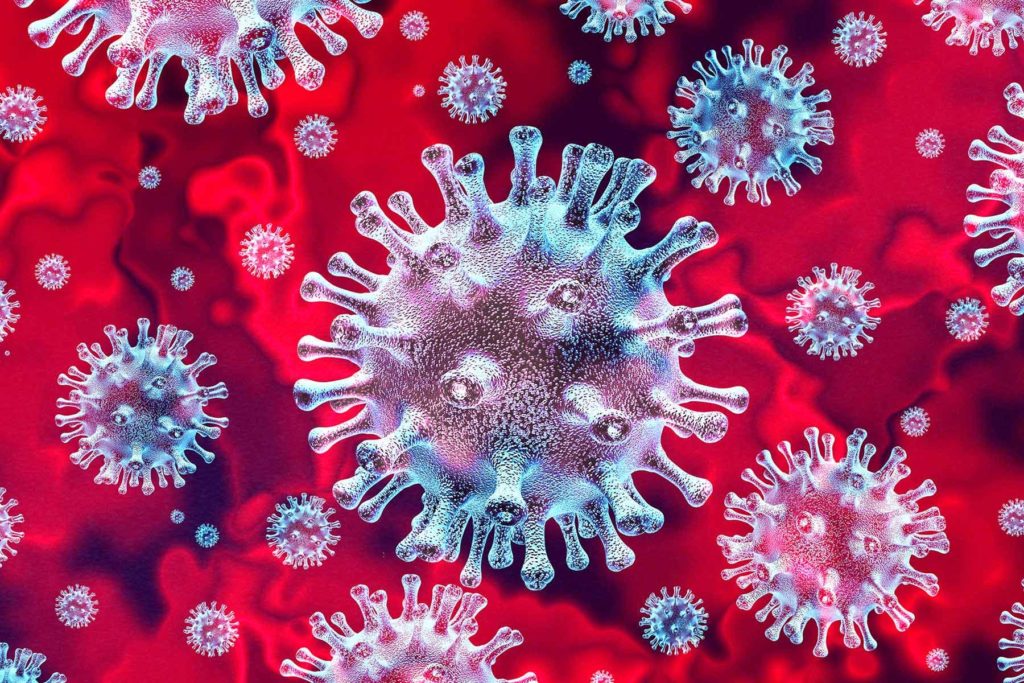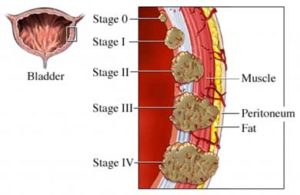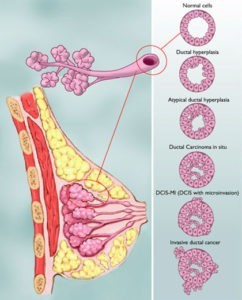
Diagnosed with Cancer? Your two greatest challenges are understanding cancer and understanding possible side effects from chemo and radiation. Knowledge is Power!
Learn about conventional, complementary, and integrative therapies.
Dealing with treatment side effects? Learn about evidence-based therapies to alleviate your symptoms.
Click the orange button to the right to learn more.
Pandemic Cancer Cases Decline

Is cancer really cancer if it is not diagnosed? According to the studies linked below, cancer diagnoses declined during the pandemic. So that means cancer cases declined…Right?
Of course it’s silly to think that cancer, actual cancer cases, can decline simply because we are in a pandemic aka we are sheltering in place for fear of getting sick with covid.
But the studies below do point to an interesting idea. What if cancer is over-diagnosed?
I don’t mean that obvious cases of cancer are overdiagnosed. We’ve all heard about or read about stories of a tumor the size of a golfball being removed from someone.
I’m talking about mammograms in women over 75. Or PSA testing in men over 75. Cancer that is there but will probably not cause any damage.
In order for this idea to be tested, there will have to be a future study that identifies a near equal drop in cancer deaths months or years from now.
A possible scenario will be something like annual cancer diagnoses in 2020, 2021 being about 1,600,000- 1,700,000 ish. This figure drops to approximately 1,500,000 in 2022. Cancer diagnoses NEVER drop. Individual types of cancer diagnoses may increase or decrease from year to year. A famous example is that lung cancer diagnoses have dropped over the past 20 years because smoking has declined.
But many types of cancer diagnoses increase annually. My cancer, multiple myeloma, was diagnosed approximately 11,000 times in the United States in the year that I was diagnosed- 1994. Annual diagnoses of multiple myeloma were more than 33,000 in the United States last year.
Possible reasons why cancer diagnoses dropped during the pandemic
- Healthcare System Strain: Many healthcare systems were overwhelmed with the surge in COVID-19 cases, leading to a reduction in routine screenings, elective procedures, and non-urgent medical appointments. This shift in priorities resulted in delays in cancer screenings and diagnoses.
- Patient Concerns: Fear of contracting COVID-19 at healthcare facilities and lockdown measures may have deterred people from seeking medical attention for symptoms or undergoing routine screenings. This could have led to delayed cancer diagnoses.
- Resource Redistribution: Resources such as medical personnel, equipment, and facilities were redirected towards managing the pandemic. This reallocation may have affected the capacity of healthcare systems to handle routine cancer screenings and diagnostic procedures.
- Telemedicine Challenges: While telemedicine saw increased adoption during the pandemic, certain aspects of cancer diagnosis, such as imaging and laboratory tests, often require in-person visits. The limitations of telemedicine in cancer diagnostics may have contributed to the decline in diagnoses.
It’s important to note that the impact of the pandemic on cancer diagnoses varied across regions and healthcare systems. Efforts have been made to address this issue, and there have been campaigns encouraging people to prioritize routine screenings and seek medical attention for concerning symptoms. As the situation evolves and healthcare systems adapt to the challenges posed by the pandemic, it’s crucial to monitor trends in cancer diagnoses and ensure that individuals continue to receive timely and appropriate care.
There is a downside to a pandemic causing cancer diagnoses to decline. If the person who has bladder cancer, see the illustration above, that is stage 1, removes it or undergoes chemo, he/she may be cured of bladder cancer. However, if the very same person with stage 1 bladder cancer does not go to see his/her oncologist and is not diagnosed until, say, stage 4, his/her chances of survival are dramatically reduced.
No one in his/her right mind would want to conduct this study unless it happened incidentally. And we will never know the results of this drop in cancer diagnoses unless someone discovers a rise or fall in cancer deaths some time from now.
Are you a newly diagnosed cancer patient? Did you hold off seeing your oncologist until after the pandemic was over? Let me know- David.PeopleBeatingCancer@gmail.com
David Emerson
- Cancer Survivor
- Cancer Coach
- Director PeopleBeatingCancer
New Study Shows Fewer Cancer Surgeries, Chemotherapy and Radiation Treatments During Start of COVID-19 Pandemic
“A large study led by researchers at the American Cancer Society (ACS) shows there were
- approximately 100,000 fewer cancer surgeries performed during the first months of the pandemic,
- an estimated 40,000 fewer chemotherapy treatments initiated, and
- more than 55,000 fewer radiation treatments in the United States.
Scientists attribute these significant deficits to a drop in the number of cancer diagnoses instead of changes in cancer treatment strategies…”
Assessment of Changes in Cancer Treatment During the First Year of the COVID-19 Pandemic in the US
“Key Points
Question Were there changes in provision of cancer care during the first year of the COVID-19 pandemic in the US?
Findings In this cohort study including 3 504 342 patients diagnosed with cancer, there was a significant decrease in the number of cancer treatments initiated during the first year of the pandemic compared with the expected given previous years’ trends. There were no significant changes in the proportion of different nonelective cancer treatment modalities initiated except for breast cancer.
Meaning The findings of this study suggest that the significant decrease in cancer treatments provided during the first year of the pandemic likely reflects a deficit in the number of diagnoses instead of changes in cancer treatment strategies…
Results A total of 3 504 342 patients (1 214 918 in 2018, mean [SD] age, 64.6 [13.6] years; 1 235 584 in 2019, mean [SD] age, 64.8 [13.6] years; and 1 053 840 in 2020, mean [SD] age, 64.9 [13.6] years) were included. Compared with expected treatment from previous years’ trends, there were approximately
- 98 000 fewer curative intent surgical procedures performed,
- 38 800 fewer chemotherapy regimens,
- 55 500 fewer radiotherapy regimens,
- 6800 fewer immunotherapy regimens, and
- 32 000 fewer hormonal therapies initiated in 2020.
For most cancer sites and stages evaluated, there was no statistically significant change in the type of cancer treatment provided during the first year of the pandemic, the exception being a statistically significant decrease in the proportion of patients receiving breast-conserving surgery and radiotherapy with a simultaneous statistically significant increase in the proportion of patients undergoing mastectomy for treatment of stage I breast cancer during the first months of the pandemic.
Conclusions and Relevance In this large national cohort study, a significant deficit was noted in the number of cancer treatments provided in the first year of the COVID-19 pandemic. Data indicated that this deficit in the number of cancer treatments provided was associated with decreases in the number of cancer diagnoses, not changes in treatment strategies…”
Study reveals ‘substantial drop’ in cancer treatments during start of COVID-19 pandemic
“Key takeaways:
- Decrease in overall treatments appeared largely due to decline in new cancer diagnoses, not treatment strategy changes.
- The results can provide a roadmap on providing care during future extreme weather events.
The number of cancer surgeries, chemotherapy treatments and radiation treatments declined dramatically during the first months of the COVID-19 pandemic, study findings published in JAMA Oncologyshowed.
Reductions in critical cancer treatments occurred largely because of a decrease in the number of new cancer diagnoses and not due to changes in cancer treatment strategies, according to researchers from the American Cancer Society…”



